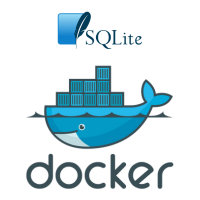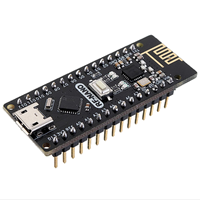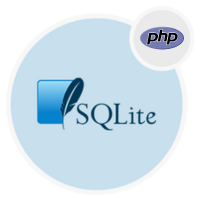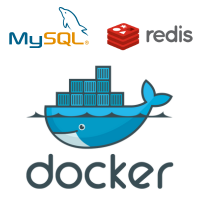Setting up SQLite with Docker Compose

Creating a Docker image with an SQLite database is a smart way to ensure that your application runs consistently across different environments. Docker simplifies the deployment process by allowing developers to package applications with all their dependencies into a single container. SQLite, being a lightweight database, fits well into this scenario. In this article, we'll walk through the steps needed to create a Docker image that includes an SQLite database, using Docker Compose for easy management.



